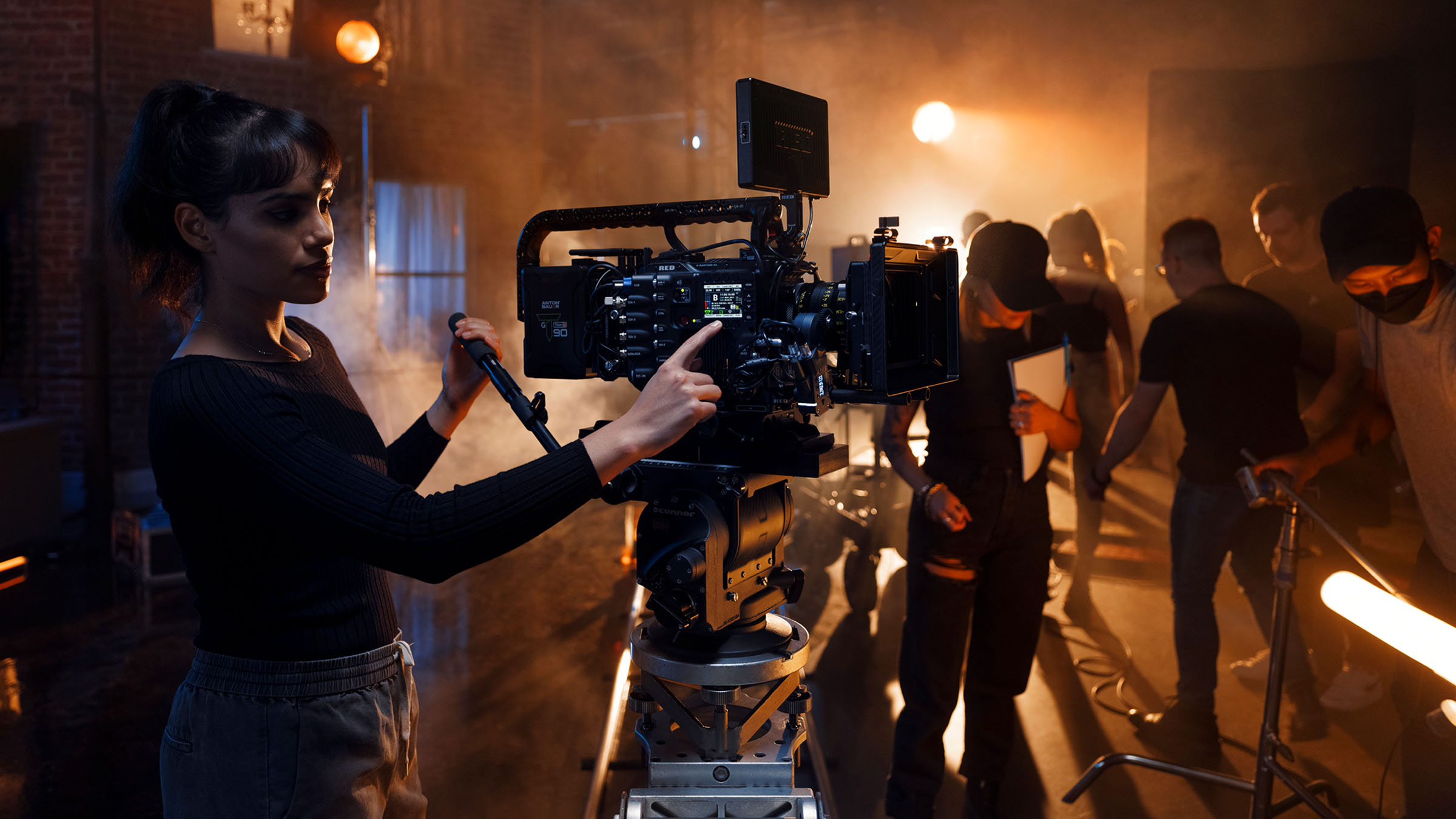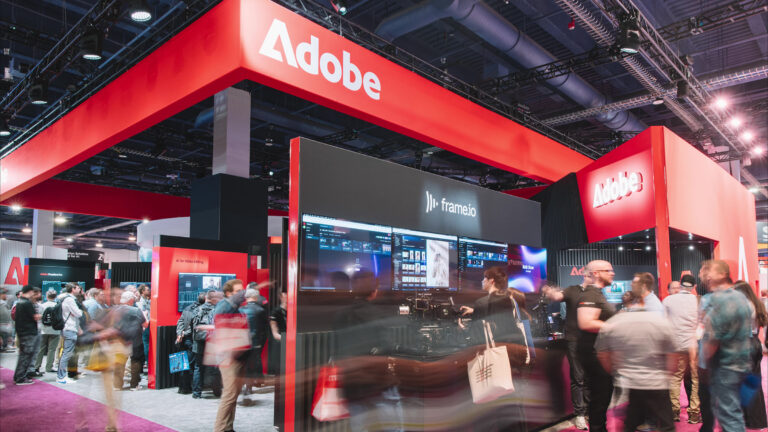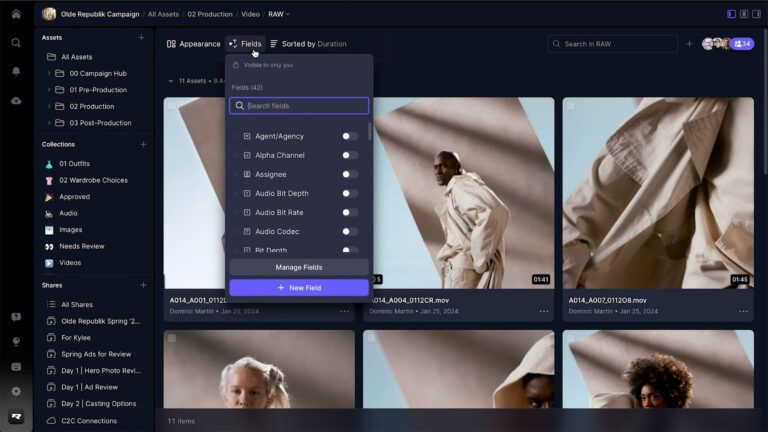When I joined Frame.io three years ago, we announced our intention to embark on a new path to connect the production community to the cloud. Why? Because for the past 100 years of film and video production, we lived with the inconvenient disruption of needing to download or ship some sort of physical media in order to edit or share it.
Eighteen months later, we officially launched Frame.io Camera to Cloud (C2C) with two hardware partners—Teradek for video and Sound Devices for audio. And what an 18 months it’s been since then! More than 5,000 productions have used Camera to Cloud, and we’ve heard from directors and producers—for series like WeCrashed, live sports events for the Golden State Warriors, and field shoots for Red Bull Media—that it’s changed the way they work by dramatically increasing the speed of creative collaboration and the flexibility of their workflows.
In that time, our C2C Connections community has also expanded with dozens of new partnerships, and the number of cameras with C2C compatibility has increased exponentially. Best-in-class integrations with Teradek, Atomos, and FiLMiC Pro have made it possible to shoot virtually any kind of project and have immediate viewing and editing access from anywhere in the world.
We’ve taken the next step toward the cloud-based workflow we’ve been envisioning—no additional hardware, and no hard drives required.
Today, at Adobe MAX, we’re announcing the next leap forward in connecting cameras to the cloud. New partnerships with RED and Fujifilm are now removing the barrier of needing to physically move media. With the Camera to Cloud integration now built directly into the cameras, we’ve taken the next step toward the cloud-based workflow we’ve been envisioning—no additional hardware, and no hard drives required. This is more than just a technological first—it’s a snapshot of the way every creative will work in the future.
RED V-Raptor and V-Raptor XL
Since day one, RED cameras have been C2C enabled through the use of the Teradek CUBE 655. But with this new innovation (available in late 2022), the RED V-Raptor and V-Raptor XL are able to upload 8K REDCODE RAW files directly to the cloud from the camera.

While this currently requires access to high-bandwidth networking (wireless or ethernet), it represents the next tangible step toward the future of cloud-based RAW workflows. Camera to Cloud with RED V-Raptor and V-Raptor XL unlocks the biggest workflow improvement in more than a decade and begins to remove the delays every creative team has been accustomed to with shipping drives.
Think about it: productions that shoot on stages can deliver original camera files (OCF) directly to the post house as they’re being shot. Virtual productions or complex visual effects can send OCF directly to the VFX house. ProRes files can be automatically delivered right to production offices and cutting rooms for immediate editing. And for productions that want the highest quality dailies, RAW video and audio files can be synced, color corrected, and transcoded in the cloud through our integration with Colorfront.
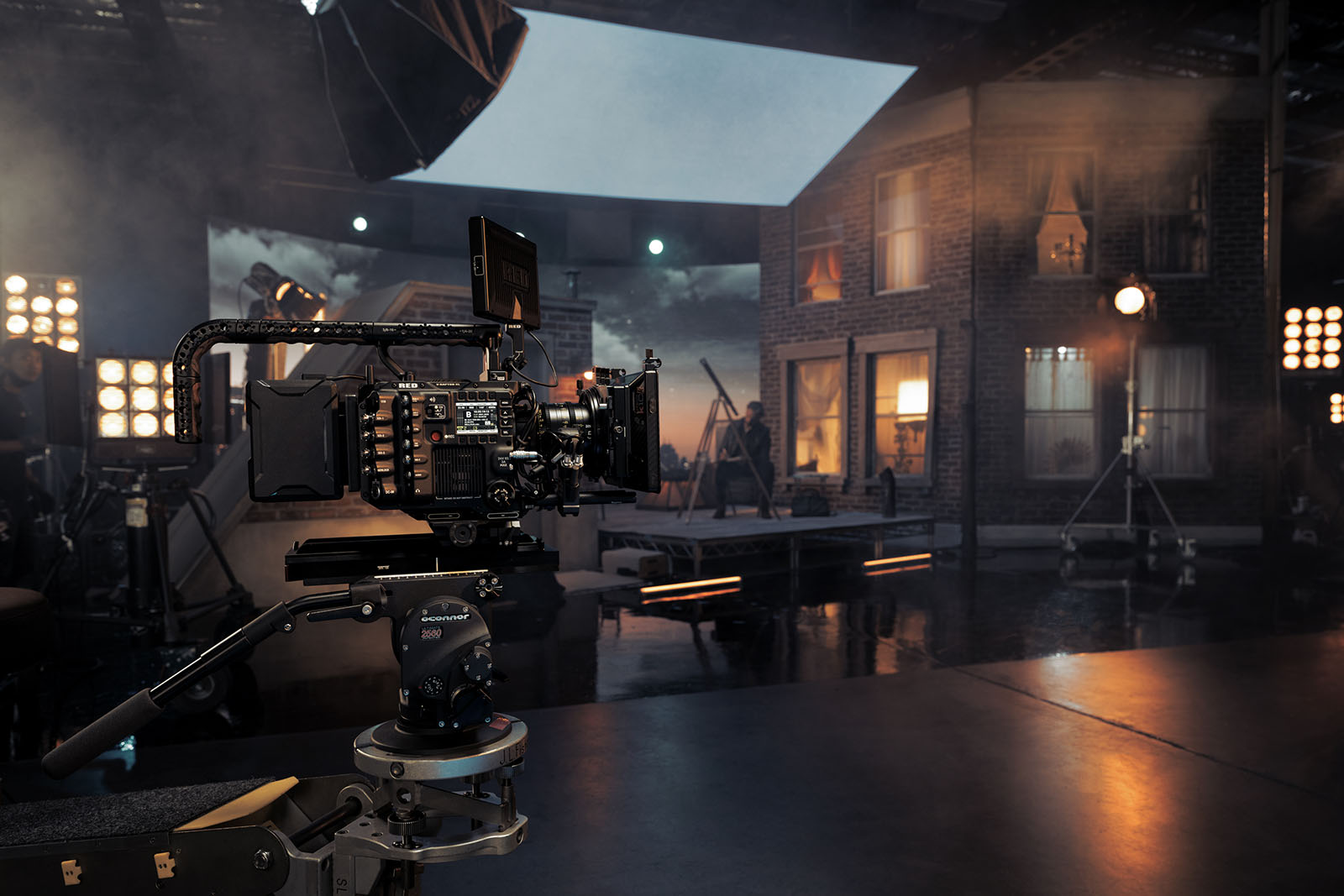
But what’s even more significant about this integration in the immediate future is that it enables a native ProRes proxy workflow that contains every ounce of asset metadata available in the camera. It’s a workflow designed to support our commitment to high-end, professional cinema workflows by providing many of the same benefits of an OCF-to-cloud workflow, but requiring less network and processing infrastructure.
ProRes files are supported for playback on Frame.io, so these high-quality files are available to view, share, and edit without requiring additional transcoding. This means you’ll be able to shoot 8K RAW with a frame-accurate ProRes proxy and upload the 8K RAW, the proxy (or both) as fast as your internet allows. And on top of that, it accurately captures off-speed recordings, which is something a lot of you have been asking about.
If you’ve watched the demo in the video at the top of this article [4:18] , you’ll see how easy it is to securely authenticate the camera to Frame.io, and how quickly we sent the first-ever automatic transmission of an 8K RAW R3D file, a CDL, a ProRes proxy file, a WAV, and a custom LUT—all associated with each take.
Until now, most workflows required the tracking and tracing of numerous sidecars. With Camera to Cloud, our centralization and automation accelerates the transition from production to post and better connects creatives with their collaborators. This is the foundation of an entirely new workflow that will eventually become the industry standard.
FUJIFILM X-H2S
When we first launched Camera to Cloud, we talked a lot about how it enabled the professional video industry to work more like the way social media influencers have shared images for years, shooting photos on mobile devices and sharing them directly on platforms like Instagram.
But today we’re announcing an integration designed especially for professional still photographers. FUJIFILM X-H2S is the world’s first digital camera to natively integrate with Frame.io Camera to Cloud. When paired with the FT-XH file transfer attachment to establish an internet connection, photography workflows will be fully cloud-based, with Frame.io supporting high-resolution RAW files with loupe, navigation, and annotation tools.

This integration will be especially useful for multidisciplinary creative teams, so that related assets like photos and graphics can be easily organized in the same Frame.io project along with video. What’s also notable is that the X-H2S can upload ProRes and proxy video files, which unlocks a whole new way of working. You can shoot anything—from a wedding to a sporting event or live concert—send your photos (or video) to someone on your team so they can retouch the asset—and share it or post it without ever having to exchange a drive or camera card, or any kind of physical media.
Expected firmware release date for both the X-H2S & FT-XH is Spring 2023.
Realizing a vision
While shooting to the cloud certainly speeds up your workflow, there’s more to it than just that. It also increases the flexibility and control you have over the way you work. Imagine your raw camera footage being instantly backed up and accessible to anyone without downloading or shipping a drive. That’s what we’re doing, and the Camera to Cloud ecosystem we’re building is the key.
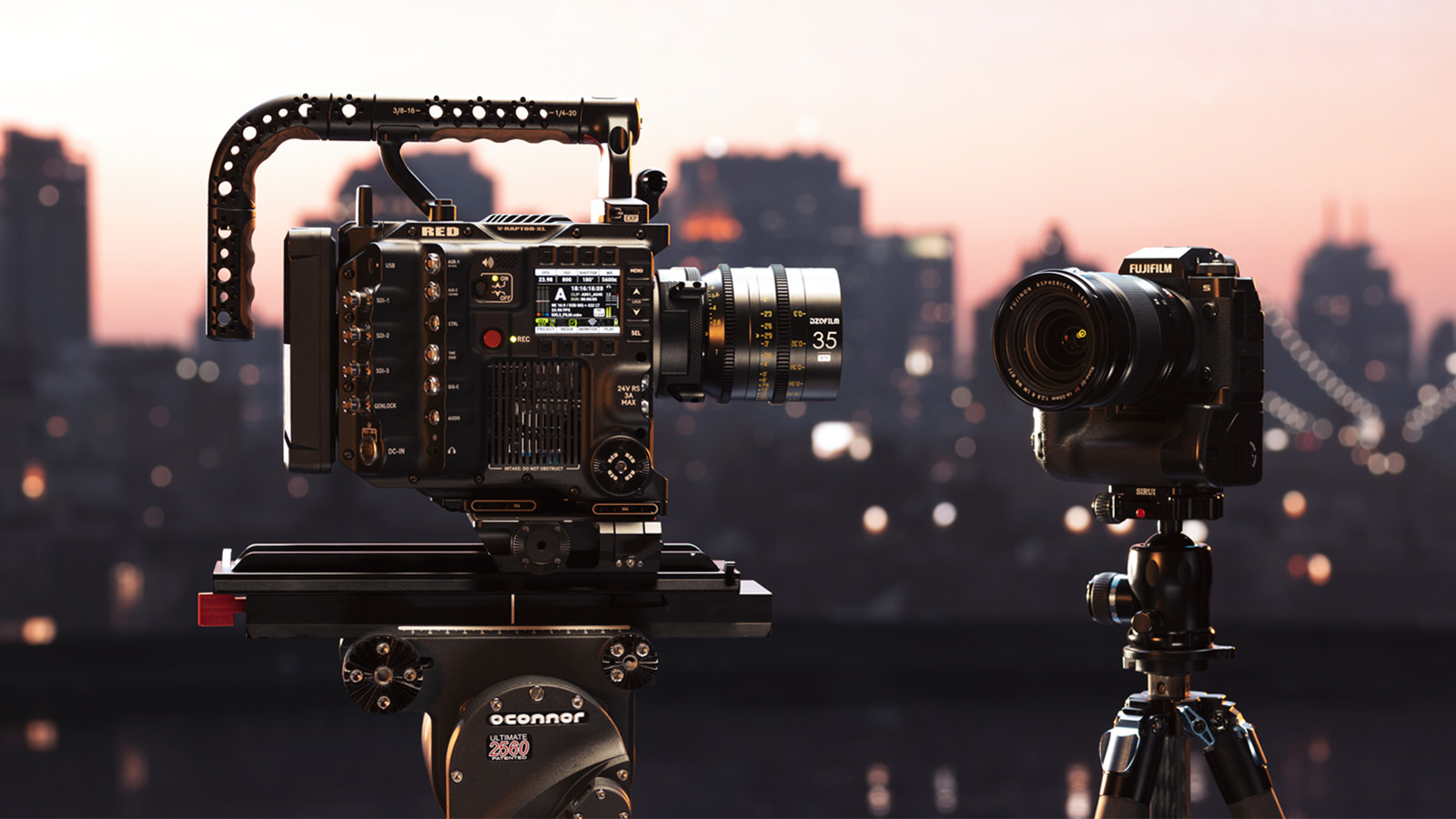
As bandwidth improves, the expectation for immediate access to footage will become the most vital component to an efficient workflow. By evolving the technology to include in-camera automatic file transmission, we’re making enormous strides toward accomplishing this goal for productions of all types, sizes, and budgets.
Looking back on more than 20 years of working in media and entertainment, I realize that what has consistently inspired me throughout my entire career is the desire to use technology to improve creative control. That’s what’s so exciting about these new innovations.
But what’s most exciting for us is seeing how you decide to use them, and how they enable you to do more groundbreaking work. This is the next leg of the journey and we can’t wait to see what lies ahead. Learn more about the latest on the RED integrations here or Fujifilm cameras here.

